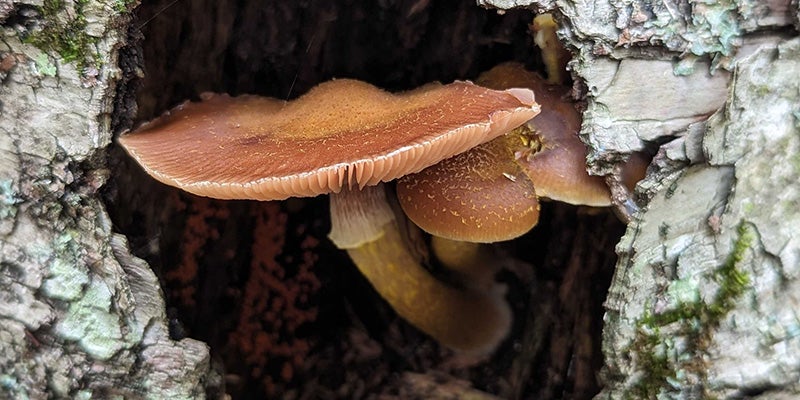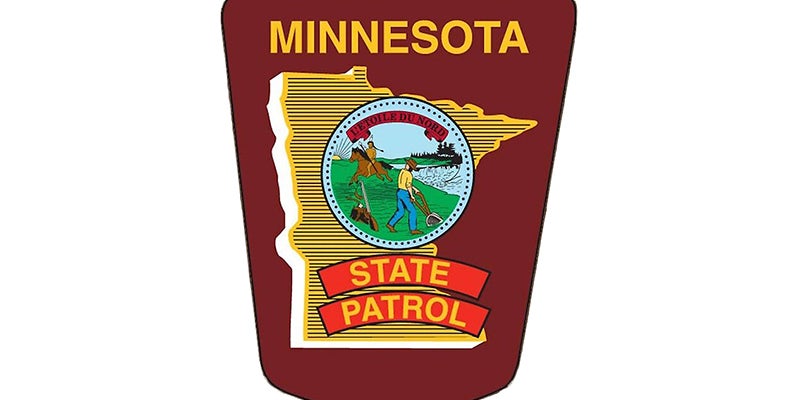Nature Notes: The mycelium matrix
Published 5:52 pm Tuesday, March 5, 2024

- Photo provided
|
Getting your Trinity Audio player ready...
|
By Ryen Nielsen
Teacher/Naturalist Intern
We’re all familiar with the many colorful, beautiful, and downright strange mushrooms that pop up during the summer and fall. Mushrooms can take on many different shapes and sizes, but the mushrooms that we see and love are only one small portion of the fungi we don’t see. The main body of a fungus is not the mushrooms we see above ground but rather millions of tiny white strands stretching out underground. These strands are known as mycelium. Mycelium is the main body of a fungus and they look and act like the roots and branches of trees. If you’ve ever seen mold on cheese or bread, then you know what mycelium looks like. Mold is just thousands of strands mycelium stacked on top of each other.
Mycelium grows one cell at a time and is very compact, so miles of mycelium can only take up one pound soil. Even though mycelium is compact, that doesn’t mean it can’t stretch far. Fungi growing close together are just as likely to be a part of the same mycelium network, or body, as mushrooms growing miles apart. In fact, the world’s largest organism is a honey fungus growing in Oregon that stretches over 3.6 square miles!
Mycelium is responsible for taking in nutrients, communicating with other fungi, and reproducing. The mushrooms that we see above ground are one way that fungi reproduce. The mushrooms send out spores that are usually carried by the wind, and these spores land in a new location and establish themselves by sending out mycelium strands into the soil. However, mushrooms can only pop up when environmental conditions are just right, so fungi can also reproduce by splitting their mycelium. If a section of mycelium dies off somehow, causing two sections of the mycelium to be separated, the sections will split apart and begin to live as two different fungi.
Most fungi are detritivores, meaning they eat dead things, so the mycelium will feed the fungus by releasing enzymes that break down leaves, bark, and dead critters. Some fungi are not detritivores and instead feed by living in symbiosis with certain trees or plants, these fungi are known as mycorrhizal fungi. The mycelium of these fungi act as extensions of the roots of the plant and will bring in any water or nutrients it’s able to find in the soil. The fungus takes enough nutrients and water to sustain itself and gives the rest to its plant partner.
Without the mycelium networks of fungi, we would be buried beneath thousands of dead trees, critters, and the soil in our gardens wouldn’t be able to grow things. Mycelium networks are the work horses of the decomposer food web and a leg up to many plants that have a mycorrhizal partner. Even though we usually only think of mushrooms as something that pops up after rainy weather, they’re around all year, working hard, just beneath our feet.
March Events
Saturday: Family Maple Syrup Class (must register), 1:30-3 p.m.
March 16: Family Maple Syrup Class (must register), 1:30-3 p.m.
March 23: Family Maple Syrup Class (must register), 1:30-3 p.m.
March 23: Eclipse event at the library – free, 1-2 p.m.
March 29: Interpretive Center Closed, Trails Remain Open
April 1: Registration for summer classes open online , 9 a.m.




